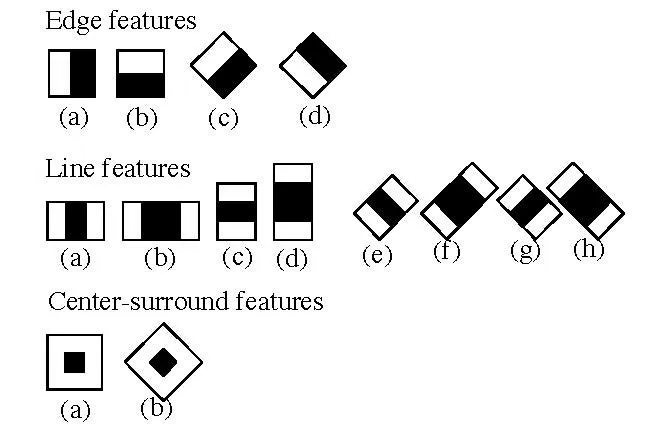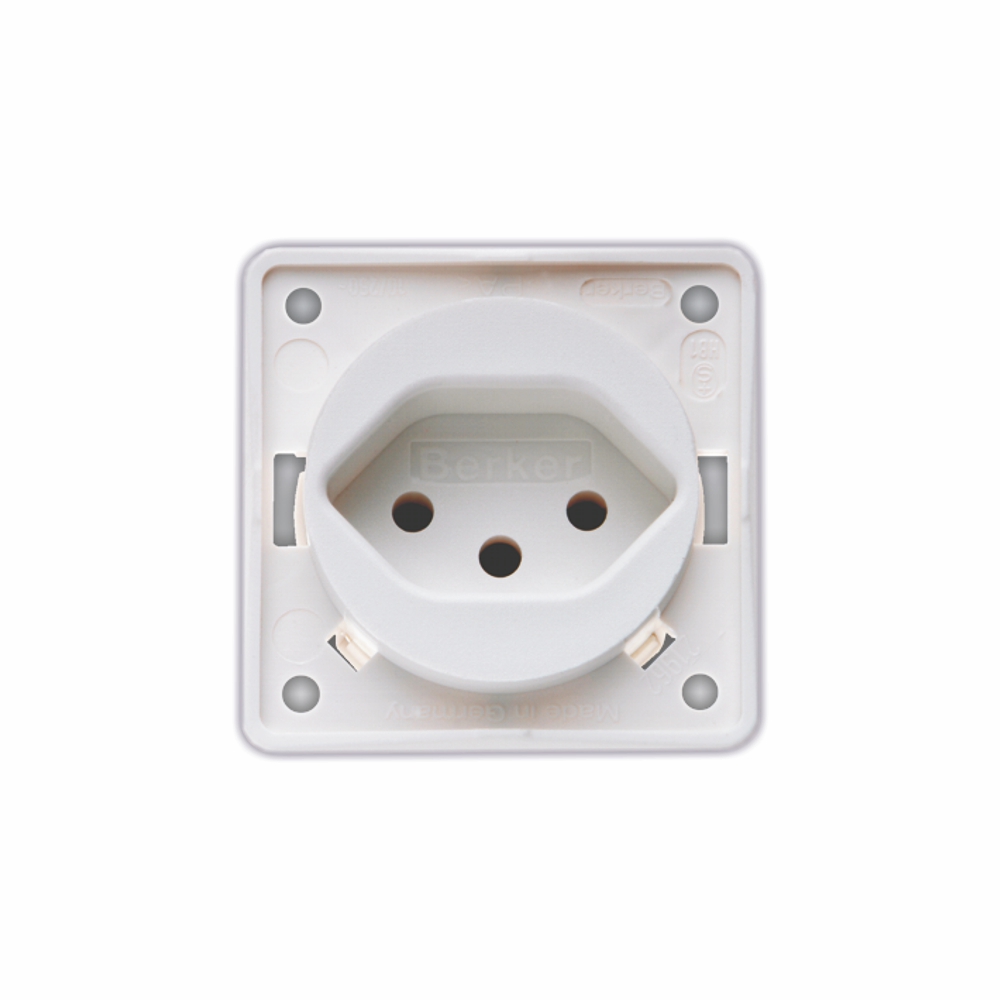Face Detection: Understanding the Process and Its Impact

Face recognition systems are emerging as one of the most promising applications in image analysis. As Dwivedi (2018) highlights, the field of image processing has experienced significant advancements in recent years. High-quality face recognition relies on various algorithms that extract, classify, and match facial features. This process also involves similarity or distance measures, where efficient matching can even improve existing feature extraction methods (El-Sayed & Hamed, 2015). However, factors such as pose, facial expression, lighting, orientation, skin color, the presence of glasses or facial hair, and image resolution introduce variability and complexity into face detection (Dwivedi, 2018).
A major breakthrough came with the development of real-time face detection systems, which can detect faces with high accuracy in real time, marking a significant leap in image processing. Face detection is a subset of object detection and represents the first essential step toward successful face recognition. Officially, face detection methods are categorized into four approaches:
- Knowledge-Based
- Feature-Based
- Template Matching
- Appearance-Based
How Face Detection Works
Face detection in systems like OpenCV follows a series of structured steps. First, the image is imported and converted from RGB to grayscale, as grayscale simplifies facial feature detection. Next, image manipulation and segmentation make it easier for classifiers to detect facial shapes. The widely-used Haar-Like Features Algorithm is then applied to locate human faces in the image. This algorithm detects common patterns in human faces, such as darker regions around the eyes and lighter regions around the nose. By focusing on these key features, the algorithm selects and extracts essential components for detecting faces.


Once the region of interest is defined, typically marked by the coordinates x, y, w, h, the face is enclosed in a rectangular box. Additional techniques like smile detection, eye detection, and blink detection can further enhance the accuracy and detail of the detection process.
Potential and Challenges of Face Recognition
On one hand, face recognition offers clear advantages by simplifying various processes. Automatic identification eliminates the need for passwords or manual log-ins, making daily operations more efficient. On the other hand, this convenience introduces risks, such as potential errors and privacy concerns. The possibility of misuse, particularly in sensitive areas like surveillance, highlights the need for careful implementation.
Face recognition can also be an asset in law enforcement, aiding in identifying criminals and improving public safety. However, the dystopian use of such technologies, like the social credit system in China, serves as a stark reminder of the ethical implications. When misused, face detection systems could lead to intrusive surveillance and loss of personal freedom.
Humanization in Design
Humanization in design is defined either as the process of making something more suitable and pleasant for people or as making non-human objects appear more human. Designers frequently apply this concept in their work, especially when designing facial features or shapes that evoke human-like qualities.
One fascinating phenomenon related to this is pareidolia, the tendency to perceive meaningful images in random or ambiguous visual patterns (Merriam-Webster, 2023). A classic example is the work of Giuseppe Arcimboldo, who created human portraits from collections of fruits and vegetables. Leonardo da Vinci also observed the human tendency to see patterns in randomness.


In modern times, we see pareidolia in everyday products, where people perceive face-like configurations. This perception influences consumer behavior, as the emotional content of these configurations can capture attention and affect purchasing decisions. Research shows that products with configurations resembling emotions like happiness, surprise, or anger capture more attention and encourage product exploration. However, only “happy” designs seem to consistently increase purchase intent (Noble, 2023). Understanding this psychological effect is crucial for designers, as leveraging pareidolia can enhance user experience, foster emotional connections with products, and drive consumer engagement.


“… if you look at any walls spotted with various stains or with a mixture of different kinds of stones, if you are about to invent some scene you will be able to see in it a resemblance to various different landscapes adorned with mountains, rivers, rocks, trees, wide valleys, and various groups of hills.”
Leonardo da Vinci
Sources:
Dwivedi, Divyansh. „Face Detection for Beginners.“ Medium, April 2018. https://towardsdatascience.com/face-detection-for-beginners-e58e8f21aad9.
El-Sayed, Mohamed, and Hamed Hossam. „Feature Extraction Techniques for Face Recognition.“ Journal of Software Engineering and Applications 8, no. 9 (September 2015). https://www.scirp.org/journal/home?journalid=45.
Noble, Erin. „Face Pareidolia in Products: The Effect of Emotional Content on Attention Capture, Eagerness to Explore, and Likelihood to Purchase.“ Applied Cognitive Psychology 37, no. 4 (July 2023). https://onlinelibrary.wiley.com/doi/10.1002/acp.4105.
Yang, Ming-Hsuan, Kriegman, David J., and Narendra Ahuja. „Detecting Faces in Images: A Survey.“ IEEE Transactions on Pattern Analysis and Machine Intelligence 24, no. 1 (2002): 34–58. https://doi.org/10.1109/34.982883.
Merriam-Webster. „Pareidolia.“ Accessed October 18, 2024. https://www.merriam-webster.com/dictionary/pareidolia#:~:text=-%CB%88d%C5%8Dl-y%C9%99%20%3A%20the%20tendency%20to%20perceive%20a%20specific%2C,see%20shapes%20or%20make%20pictures%20out%20of%20randomness.
Cambridge Dictionary. „Meaning of Humanization in English.“ Accessed October 18, 2024. https://dictionary.cambridge.org/us/dictionary/english/humanization.
Images:
Arteleta. „Socket Outlet Switzerland.“ Arteleta, n.d. Accessed October 18, 2024. https://www.arteleta.it/en/products/built-in-appliance/berker-integro-series/socket-outlet-switzerland-6249-25.
IES Floridablanca. „Frutas y Verduras en el Arte.“ IES Floridablanca, n.d. Accessed October 18, 2024. https://iesfloridablanca.es/nuestro-centro/galeria/frutas-y-verduras-en-el-arte/.
Andrews, Natalie. „Pareidolia in Photography.“ Digital Photography School, n.d. Accessed October 18, 2024. https://digital-photography-school.com/pareidolia-in-photography/.
Bonhams. „1960 Austin-Healey Bugeye Sprite Mk I Chassis No. AN5L/31663 Engine No. 12C/DA/H/34840.“ Bonhams, n.d. Accessed October 18, 2024. https://cars.bonhams.com/auction/21392/lot/198/1960-austin-healey-bugeye-sprite-mk-i-chassis-no-an5l-31663-engine-no-12cjdah-34840/.








